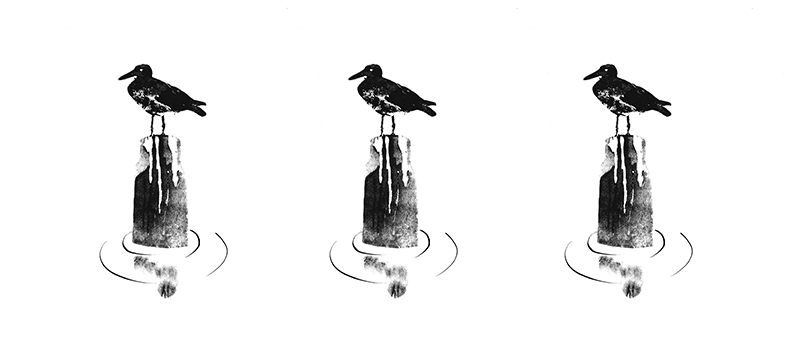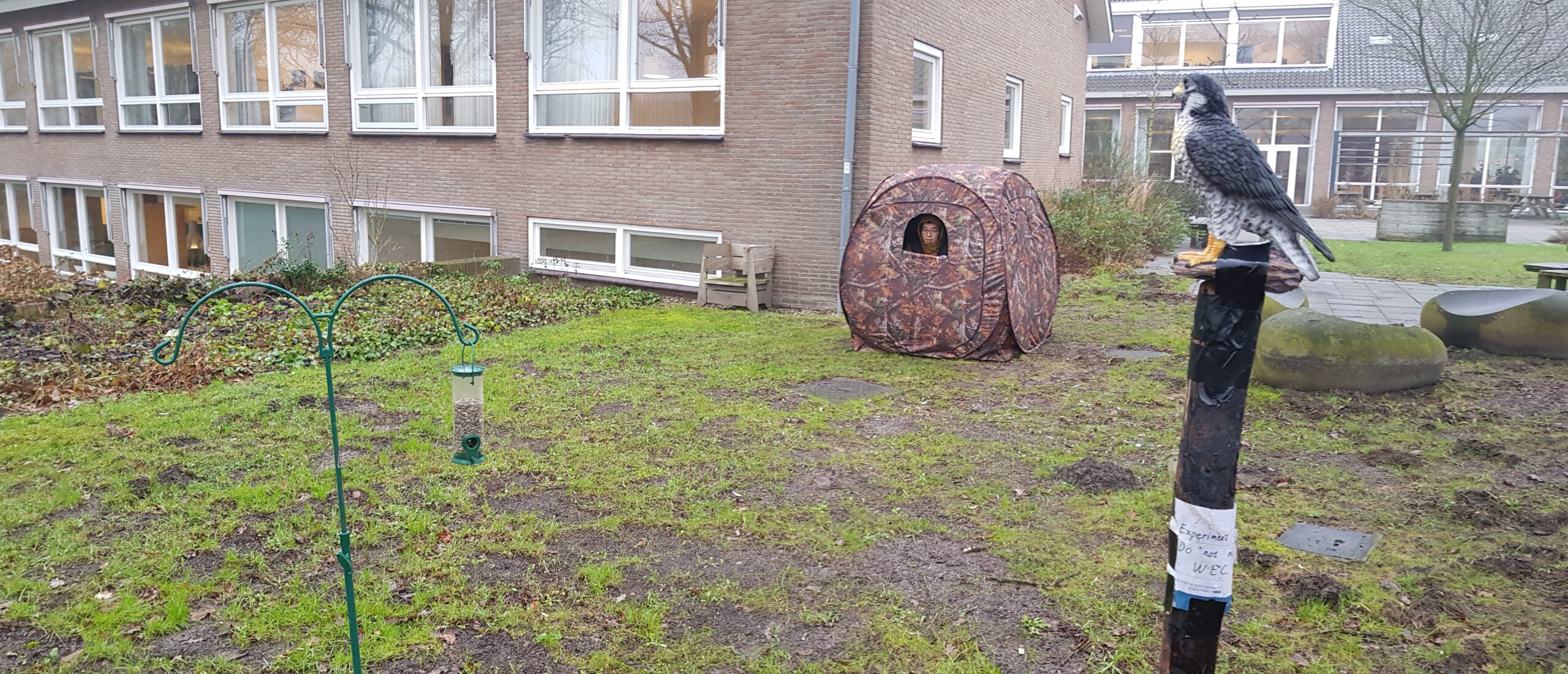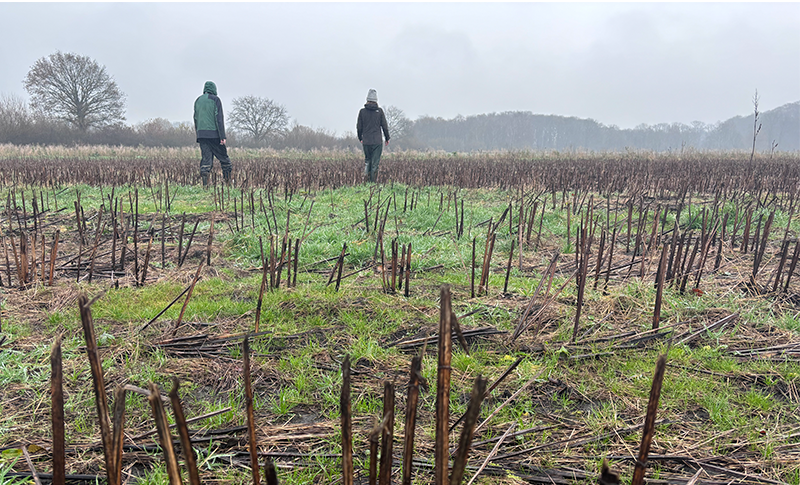No doubt you’ve been annoyed by them at times: those white droppings on your car windscreen, or worse still, on your head! Why are bird droppings so white, actually?
Flying is best done with as little ballast as possible. A full bladder is heavy and not very handy, so it has been taken out of the blueprint for birds. ‘Unlike mammals, birds do not have separate exits for urine and faeces,’ says Ingrid Tulp, researcher at Wageningen Marine Research. Birds defecate and urinate simultaneously through one orifice: the cloaca. Both the kidneys and the intestines are connected to the cloaca. It is also where eggs and sperm leave the body.
As protein is digested, the toxic waste product ammonia is produced. This must be diluted in the body to protect the animal. Aquatic animals dilute ammonia with water and then excrete it. Tulp: ‘In mammals, ammonia is converted in the liver to the less toxic urea, which can more easily be concentrated and leaves the body in urine.’ Birds and reptiles take a different approach: they are designed to use water very sparingly, probably because they have a limited water supply in the egg.
‘Birds that eat a lot of meat and fish have whiter poop’.
Ingrid Tulp, researcher at Wageningen Marine Research
‘The thicker excrement is also useful because the parent birds of many species remove their chicks’ excrement from the nest to prevent it from standing out too much due to the white colour,’ says Tulp. Vogels die veel vlees en vis eten hebben wittere poep
Birds do not have sweat glands, but they do lose moisture through breathing and defecation. Instead of urine, which is fairly watery, birds (and reptiles) produce uric acid, which is much more concentrated and is excreted as a white sticky paste. Tulp: ‘So the white bit is actually bird pee, and the dark bit in the middle is faeces. Because uric acid does not easily dissolve in water, it remains in place for a long time – on your car windscreen, for example.’
The colour of the droppings also depends on what the bird has eaten, Tulp says. ‘Geese eat grass and have green poop, while birds that eat a lot of meat and fish have whiter poop. That’s because they eat bones as well, and the calcium in those bones turns the faeces white. Some predators such as hyenas have white poop for the same reason. Thrushes can have purple poop when they have snacked on elderberries, for example.’
Every day we are bombarded with sometimes contradictory information. So what are the facts of the matter? In this feature, a WUR scientist gives you something to hold on to. Every question makes you a little wiser. Do you dare to ask yours? Email us at: redactie@resource.nl

 Illustration Marly Hendricks
Illustration Marly Hendricks 

